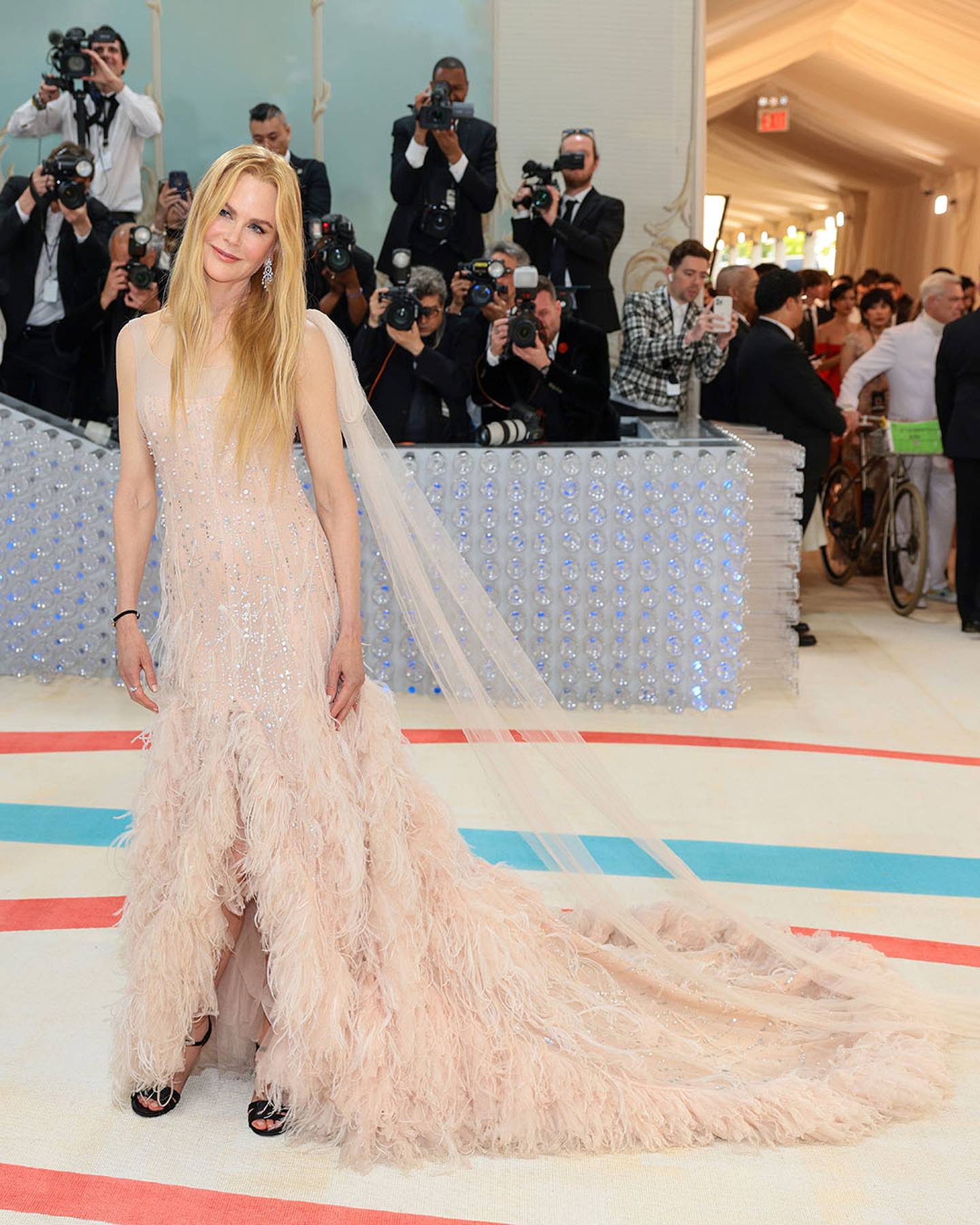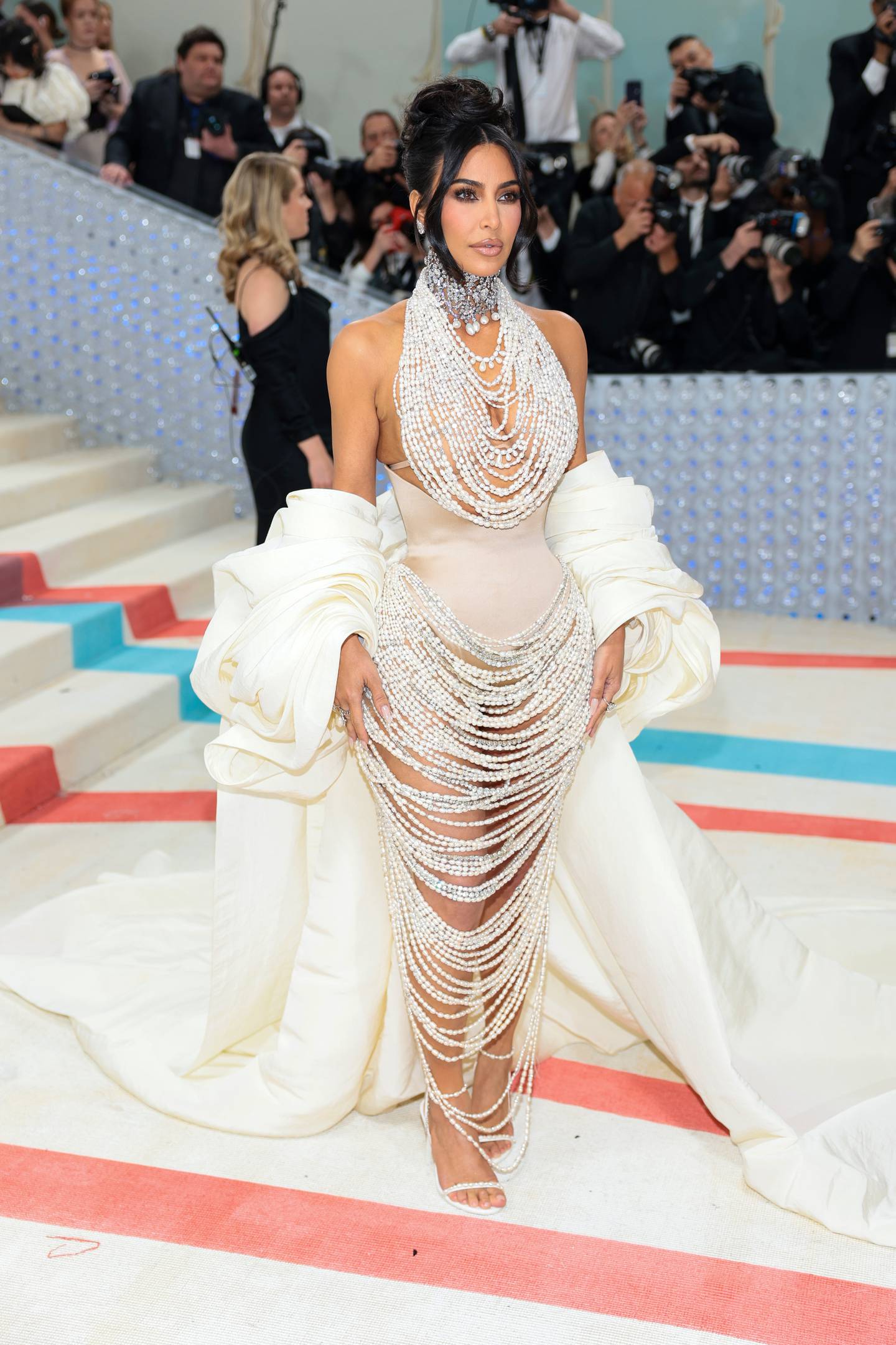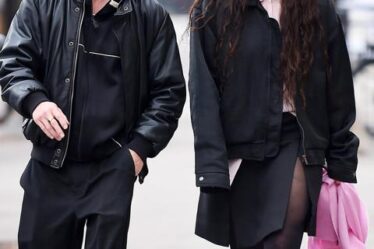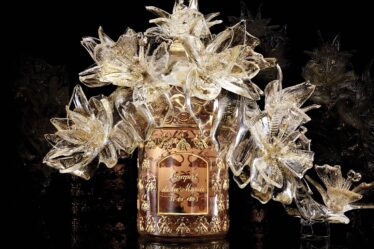
For once, Met Gala attendees didn’t have any trouble sticking to the theme.
Karl Lagerfeld, the late Chanel and Fendi creative director, was at the centre of The Metropolitan Museum of Art’s annual fundraiser for the Costume Institute, where the spring exhibition is “Karl Lagerfeld: A Line of Beauty,” and the evening’s dress code was “in honour of Karl.”
Having such a specifically fashion-centric dress code brought forth one of the most by-the-book assortment of ensembles seen at the Met Gala in years. The event has a reputation for over-the-top outfits, but also poor interpretations of the theme. (See the attempts to dress “Camp” in 2019, and the number of European designers at 2021′s “In America: A Lexicon of Fashion.”)
But by-the-book didn’t mean boring. It was a reminder of how effective a strong theme can be — much like 2018′s Heavenly Bodies dress code, tonight’s allowed for wide interpretation without confusion. As stylist Jason Bolden, who dressed stars like Trevor Noah and Vanessa Hudgens for the event, said: “Karl had such a distinctive point of view. It’s so easy to jump into that world.”
No fashion house was better represented on the red, white and blue carpet (the intercrossing lines on the carpet were meant to mirror the layout of the exhibit) than Chanel, where Lagerfeld was creative director from 1983 until his death in 2019.
Countless looks featured signature details of Lagerfeld’s Chanel, whether they were designed by the man, his successor Virginie Viard, or another brand entirely. Those included pearls (Kim Kardashian in Schiaparelli, Lizzo in Chanel) and camellia flowers (Olivia Rodrigo in Thom Browne, Cardi B in a structured ball gown made entirely of rosettes, by Chenpeng Studio, Rihanna, who closed out the carpet in a dramatic flower-covered white Valentino dress, topped with an archival Fendi fur coat). There was tweed (Dua Lipa in a Lagerfeld-designed Chanel bridal look originally worn by Claudia Schiffer in 1992, Billie Eilish in Simone Rocha) and bows (Camila Morrone, Emily Ratajkowski in Tory Burch). Other guests, including Margot Robbie, Nicole Kidman in the pink Chanel gown she wore in her 2004 ad for No. 5, and Penelope Cruz in a hooded 1998 look, wore archival Chanel looks designed by Lagerfeld.
The ‘90s were a particular point of reference. Anne Hathaway’s dress felt like a fusion of Chanel and Versace from the era (it was the latter that designed it; her updo was also punctuated with her hair twisted into a camellia flower shape.) Keke Palmer said the inspiration for her custom Sergio Hudson look was also ‘90s Chanel, as well as songstress Josephine Baker. Yara Shahidi’s Jean Paul Gaultier dress, which featured a bustier covered in massive pearls, was another nod to the era.
“[Chanel] was the first house I ever worked with, my first show, my first Met,” said Shahidi. “My appreciation of fashion came from sitting there, feeling so taken in and feeling like there was a space for me there.”
The Chanel connection helped keep many looks from straying into gimmick territory — though for better or worse, the red carpet felt like an hours-long ad for the brand. It’s just the latest high for Chanel; a year ago it reported that 2021 sales were 23 percent above pre-pandemic levels. With annual sales of $15.6 billion that year, Chanel is second only to Louis Vuitton. In another flex, it is opening a global network of private boutiques available only to its biggest-spending customers.
Lagerfeld is more closely associated with Chanel, but he also served as the creative director of Fendi for over 50 years; that label was also well represented on the carpet. Suki Waterhouse wore a Lagerfeld-designed floral Fendi dress while Kate Moss and daughter Lila wore coordinating pink Fendi looks. Vanessa Kirby wore an archival Chloé look designed by Lagerfeld.
The guest list was full of familiar faces, and noticeably fewer social media stars than in recent editions (though among the first-time attendees was Paris Hilton, who played a big role in inventing the influencer economy; she arrived on the arm of Marc Jacobs). Even Kim Kardashian kept a comparatively low profile after last year’s controversial Marilyn Monroe dress in an outfit made up of strands of pearls.

Instead, there were more traditional stars experiencing their first Met Galas, including Oscar-winning Everything Everywhere All at Once star Ke Huy Quan, Doja Cat and Abbott Elementary star Quinta Brunson.
And while Lagerfeld’s legacy after his death has brought up questions around some of his more controversial statements, particularly around body size, there was barely a whisper of those concerns on Monday evening as attendees primarily shared glowing tributes.
“Karl has always had a very special place in my heart. He’s a brilliant designer, he was the personification of a fashion designer to me,” said Marc Jacobs. “When I went to Louis Vuitton, he welcomed me to Paris. He’s always been in my corner. He’s been naughty and fun, and just given us all such brilliant fashion for his entire life.”
Despite the popularity of “quiet luxury” in the cultural zeitgeist, looks at the Met Gala were anything but understated — which is perhaps what Lagerfeld would have wanted.
“This is a man who put a rocket ship in the Grand Palais, who staged a show that had an actual beach with lapping water,” said Eva Chen, Instagram’s head of fashion partnerships. “There’s a sense of timelessness but this was clearly someone who appreciated theatre.”
The stars who really went for their viral moment were mostly fixated on Lagerfeld’s cat, Choupette (not in attendance). Jared Leto, who is producing and starring in an upcoming Lagerfeld biopic, showed up in a full mascot costume designed to look like the famous Birman. He took off the cat head midway up the steps and carried it, even proffering it toward Jimmy Fallon for a kiss. Doja Cat also embraced a feline look with an Oscar de la Renta crystal-covered dress that extended into a headpiece with cat ears. She finished the look with feline prosthetic makeup and claw-like nails. Lil Nas X walked across the carpet in nothing but a silver thong and body paint, his limbs and face covered in a bejewelled eye mask of crystals and, of course, pearls.

The Exhibit
Two of Lagerfeld’s former employers are participating in the exhibition — Chanel is the “lead” partner, with Fendi offering “major” support. The labels supplied the majority of the looks featured in the exhibition, pulling from their archives to showcase looks from across Lagerfeld’s tenures across both houses. (Chanel also has a presence in the museum’s gift shop, selling a $1200 AirPods case.)
The exhibition features a winding route of rooms, structured not according to year but instead grouped around the idea of contrasting themes, such as romantic and military; historical and futuristic; figurative and abstract; floral and geometric. To depict romantic and military, for example, five buttoned-up Chanel suits are displayed alongside gowns featuring full sleeves and bows, an homage to 19th century royals like Empress Elisabeth of Austria. In total, over 150 looks are included, many with Lagerfeld’s sketch displayed alongside it.
While its primary purpose is still as a museum benefit, the Met Gala, of course, has also evolved to be a major money-making moment for Vogue and its parent company Condé Nast.
However, while it continues to be a Vogue tent pole, the company keeps its control of the event close, opting to livestream directly on its website rather than forging a partnership with a streaming platform like Netflix.
But the bigger the Met Gala gets, the more other companies want a piece of it. Instagram, for one, has bought a table every year (excepting 2020) since 2016, and saw over 2 billion views of Met Gala videos last year. As such, it’s ramped up Met Gala-centric features on the app, like an AR filter that allows users to try on Doja Cat’s Met Gala look.
At a press preview for the exhibit on Monday morning, Carla Bruni, model and former first lady of France paid tribute to her late friend, as did Andrew Bolton, the Wendy Yu curator in charge of the Costume Institute. Bolton praised Lagerfeld as the “ultimate designer,” while Bruni spoke of Lagerfeld the man, recalling the kindness and “wicked sense of humour” behind the mystique he’d built over the course of decades.
“He was a universally curious man, he was interested in everything except mediocrity,” she said.



